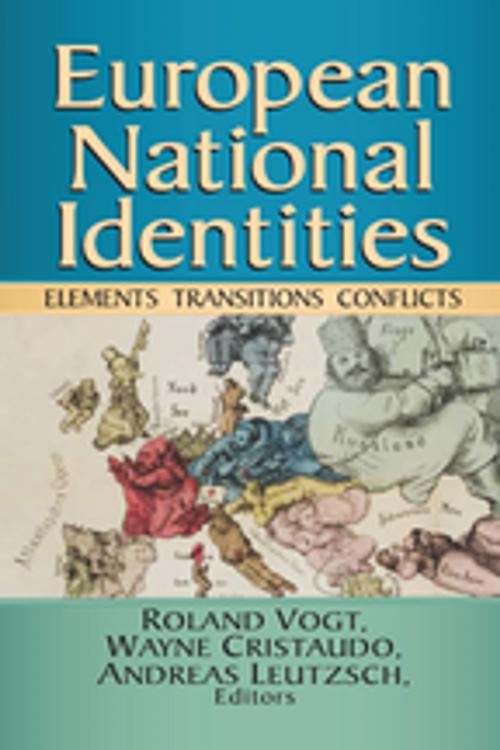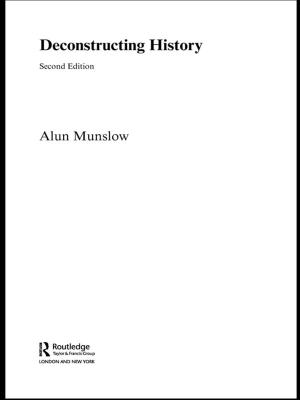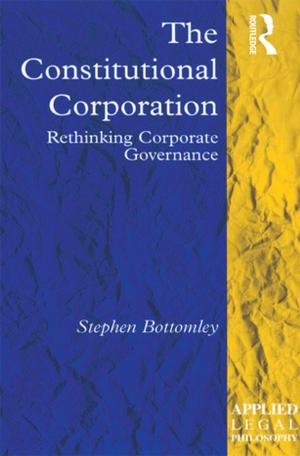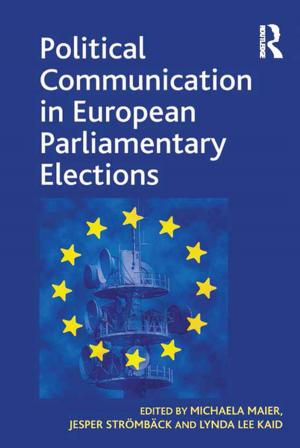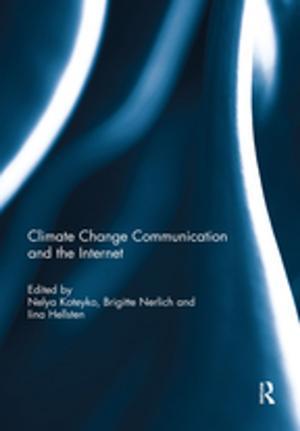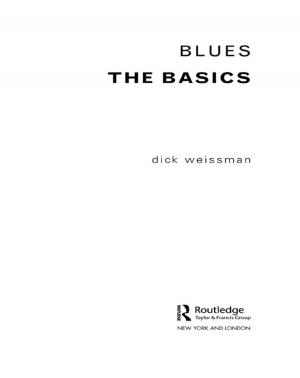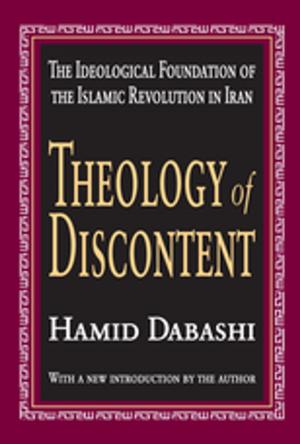European National Identities
Elements, Transitions, Conflicts
Nonfiction, Social & Cultural Studies, Political Science| Author: | ISBN: | 9781351296465 | |
| Publisher: | Taylor and Francis | Publication: | September 8, 2017 |
| Imprint: | Routledge | Language: | English |
| Author: | |
| ISBN: | 9781351296465 |
| Publisher: | Taylor and Francis |
| Publication: | September 8, 2017 |
| Imprint: | Routledge |
| Language: | English |
Making sense of the perplexing diversity of Europe is a challenging task. How compatible are national identities in Europe? What makes Europe European? What do Europeans have in common?
European National Identitiesexplores the diversity of European states, nations, and peoples. In doing so, the editors focus on the origins and elements of different national identities in Europe and different themes of national self-understanding. Each chapter contributes a unique view of national identities gravitating around myth, historical experiences and traumas, values, ethnic and linguistic differences, and religious fault lines.
This work grounds European national identities within cultural, historical, and political dynamics, which makes the work approachable for many readers, including historians, sociologists, and political scientists. In addition, the editors illustrate that national identities continue to be a source of contention and a challenge to political developments, the demands of immigrants and minorities, and the dynamics of European integration. This book draws particular attention to identity shifts and conflicts within individual European countries.
Making sense of the perplexing diversity of Europe is a challenging task. How compatible are national identities in Europe? What makes Europe European? What do Europeans have in common?
European National Identitiesexplores the diversity of European states, nations, and peoples. In doing so, the editors focus on the origins and elements of different national identities in Europe and different themes of national self-understanding. Each chapter contributes a unique view of national identities gravitating around myth, historical experiences and traumas, values, ethnic and linguistic differences, and religious fault lines.
This work grounds European national identities within cultural, historical, and political dynamics, which makes the work approachable for many readers, including historians, sociologists, and political scientists. In addition, the editors illustrate that national identities continue to be a source of contention and a challenge to political developments, the demands of immigrants and minorities, and the dynamics of European integration. This book draws particular attention to identity shifts and conflicts within individual European countries.
